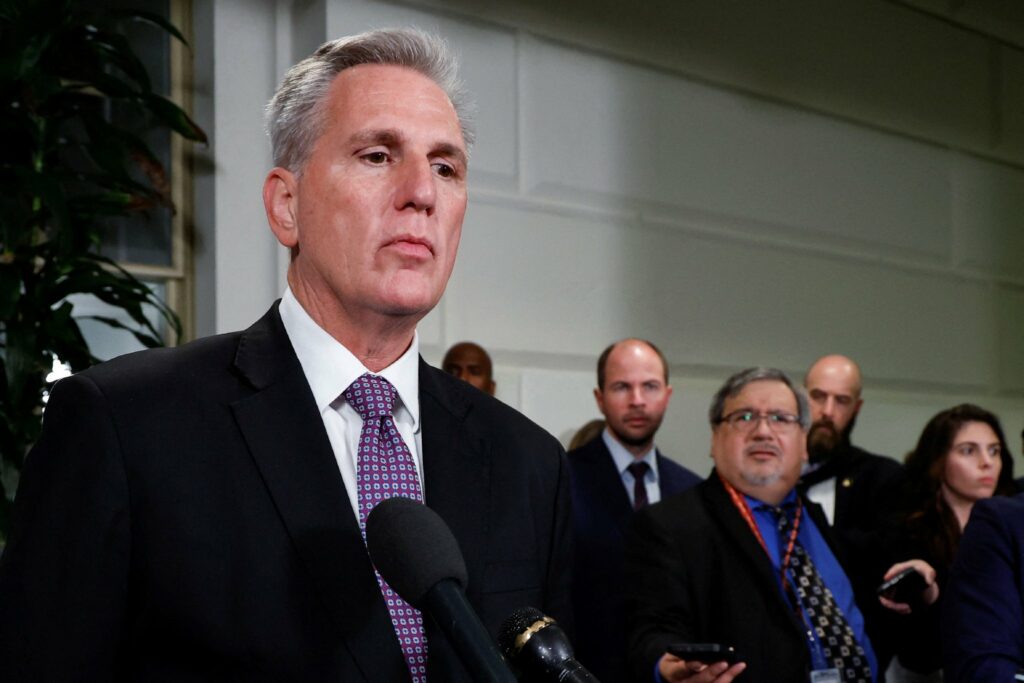Media: U.S. government shutdown “almost certain”

According to a report by Singapore’s Lianhe Zaobao on September 30, US House Speaker McCarthy proposed a plan to keep the government operational for a month after the October 1 shutdown deadline, which was rejected by hardline Republicans, making a partial shutdown of US federal agencies from October 1 almost certain.
Combining reports from Reuters and Bloomberg, McCarthy’s proposal included spending cuts and implementing immigration and border security restrictions, which are Republican priorities. However, in the Democrat-majority Senate, the chances of the proposal passing are very slim.
The report mentioned that on September 29, the House rejected the bill to extend government funding for 30 days to avoid a shutdown, with a vote of 232 against 198. In this vote, 21 Republicans joined the Democrats in opposing the bill, which was quite embarrassing for McCarthy.
This voting defeat could delay the final negotiations with President Biden and the Democrat-controlled Senate on a solution.
It allows Democrats to more easily blame the shutdown on the chaos caused by Republicans.
The report pointed out that with investors focused on high interest rates, rising oil prices, labor strikes, and slowing consumer spending, the financial markets have largely ignored the rising risk of a government shutdown. However, this conflict raises concerns about the dysfunction of the US government, with BlackRock CEO Larry Fink criticizing US politicians for allowing the shutdown, calling it “absurd” and “irrational,” damaging the US’s position in the eyes of investors.
Fink said at the Global Dialogue Conference in Berlin on the 29th: “Can you imagine clients going to a bank and saying, ‘I’m not going to pay my mortgage’? I mean, isn’t that what we’re doing? It’s absurd, it’s wrong.”
Unless the US Congress passes a stopgap spending bill before the new fiscal year begins on October 1, the US government will soon face another shutdown.
In addition, US White House economic advisor Lyle Brainard stated that if the federal government shuts down when the new fiscal year starts on October 1, it is an “unnecessary risk” for the resilient and slowing inflation US economy.
Reuters reported that Brainard told CNBC on the 29th that the decision to avoid a funding lapse is “entirely in the hands of the House, especially House Republicans,” with risks including active-duty military pay stops, air traffic delays, and poor Americans unable to access government benefits.
She believes that the shutdown will cause losses for government employees as they will be asked to provide “essential services” for the American people without pay.
The US fiscal year 2023 will end on September 30, and if there is no fiscal budget plan by then, the US government will face a shutdown. It is understood that the US Congress’s new fiscal year comprehensive spending bill contains 12 appropriation plans to provide funding for various government agencies, but the process of passing the bill is time-consuming. Therefore, Congress usually passes a temporary appropriation bill first to keep government agencies running.